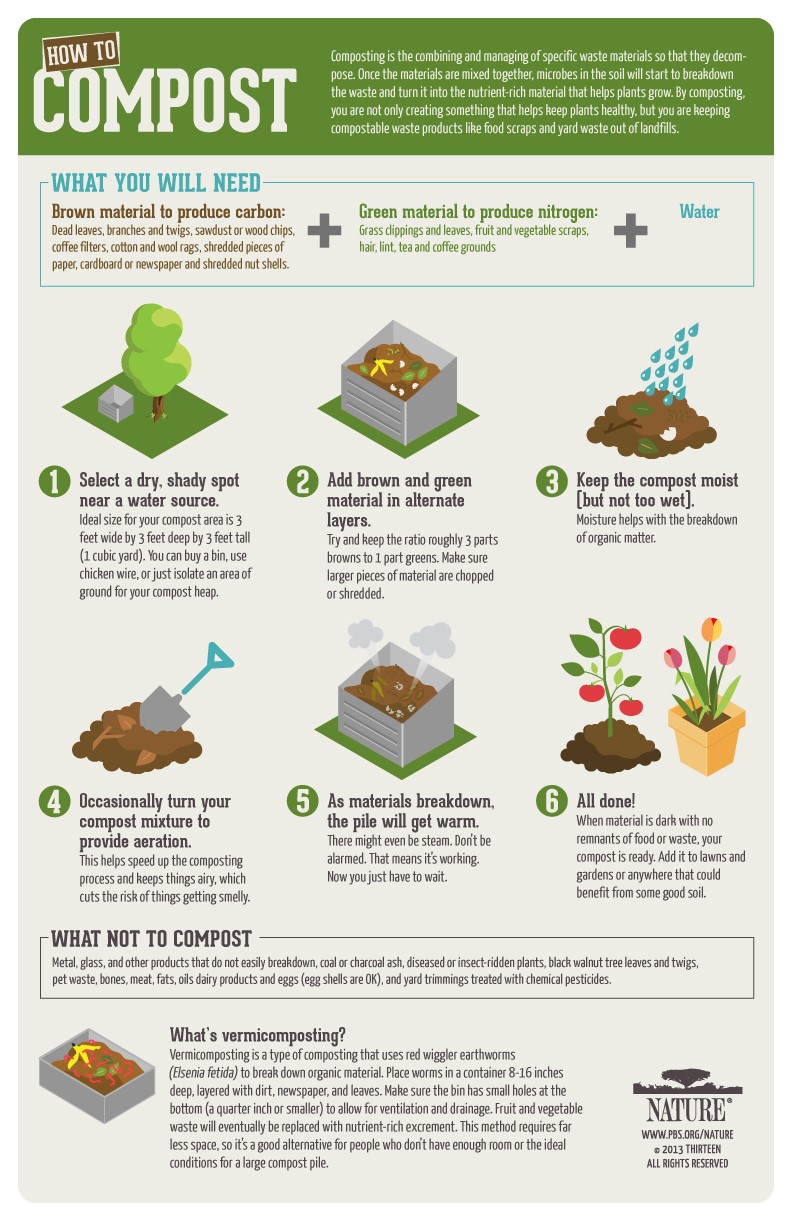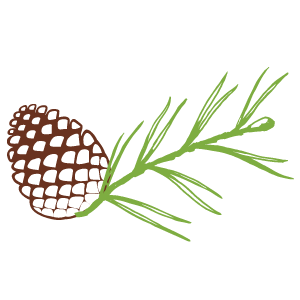.jpg?width=300&name=butterfly%20(1).jpg)
Bees, butterflies, birds, and moths are some of the most critical players when it comes to environmental health. Each serves an important role in pollinating the plants we need to feed ourselves, as well as local plant life, allowing Suppnative vegetation to thrive. According to the Colorado Department of Agriculture, Colorado’s diverse ecosystems attract a particularly diverse population of pollinators, with 946 known species of native bees alone.
With summer flowers in full bloom, it is more important than ever to support our local pollinators. Modern suburban gardens do not always serve native wildlife in the way that they serve us. Lawns with large swathes of grass and few native plants attract fewer pollinators, and require more water to maintain than a garden that features drought tolerant plants and local wildflowers. Here are a few tips of how you can support native wildlife and pollinators right from your backyard!
- Plant flowers that are native to Colorado.
The higher altitudes of the more mountainous regions of Colorado, like Eagle County, result in much lower humidity levels, which can make gardens dry out quickly. However, there are a host of plants native to Colorado and the Southwestern United States that thrive in such a dry environment, and attract pollinators along the way. The Colorado Native Plant society recommends picking some of these up on your next trip to the nursery:
- White Coneflower (Echinacea purpurea)
- Garden Sage (Salvia officinalis)
- Native Bee Balm (Monarda fistulosa)
- Rocky Mountain Penstemon (Penstemon strictus)
- Western Wild Rose (Rosa woodsii)
- Be careful with chemical fertilizers.
When applied improperly, chemical fertilizers can be extremely harmful to pollinators and aquatic ecosystems. According to the EPA, runoff (especially along the slopes of Colorado’s mountainsides) can draw unwanted chemicals into local streams and bodies of water, contaminating drinking water and harming wildlife. If absolutely necessary, apply fertilizer sparingly and never before a big rain. Consider using natural alternatives like soil amendments (compost is made and sold locally from Vail Honeywagon). And in general, planting a lawn with native plants reduces the need for fertilizers. - Xeriscaping is a form of landscaping designed for water conservation. Xeric gardens are popular in arid climates, and can be quite lush in Colorado. The grouping of plants with similar watering requirements, and reliance on native shrubs, flowers, and trees over grass and foreign plant life, not only attracts pollinators, but also requires minimal watering, saving you time and money in the process. For more information on xeriscaping, visit https://www.thespruce.com/xeriscape-landscaping-meaning-2131129

Christina Alexakos is a Sustainability Intern at Walking Mountains Science Center. She can be reached at Christinaa@walkingmountains.org
Links:
https://resourcecentral.org/5-plants-for-your-colorado-pollinator-garden/
https://conps.org/wp-content/uploads/2017/08/Low-Water-Native-Plants-for-CO-Gardens-Mountains.pdf
https://colorado.gov/pacific/agplants/native-pollinators
https://cfpub.epa.gov/npstbx/files/marc_lawnchemicals.pdf
https://www.thespruce.com/xeriscape-landscaping-meaning-2131129







